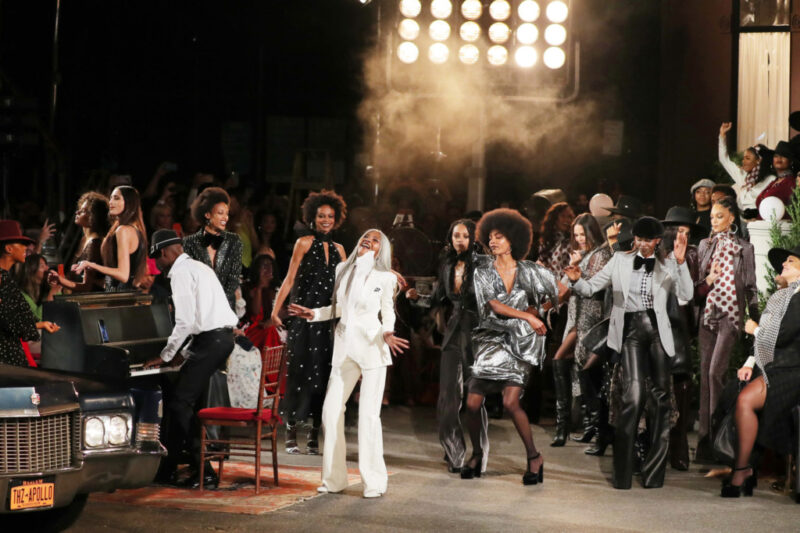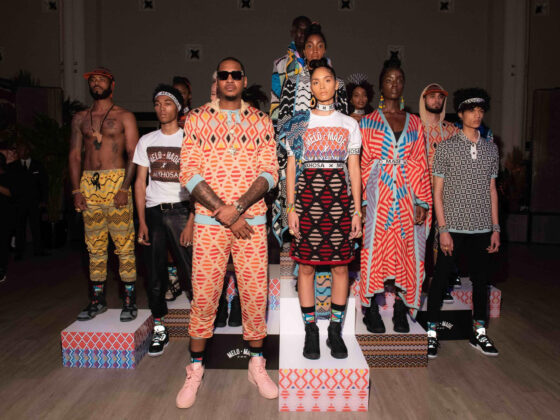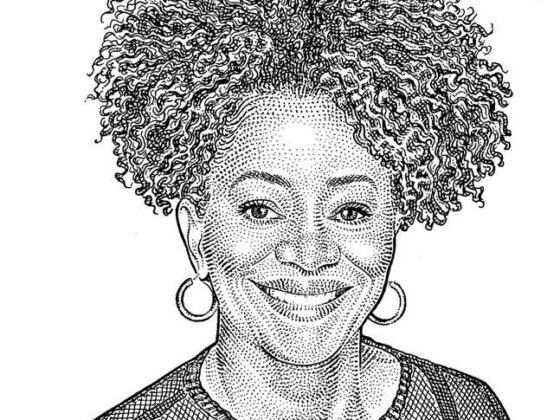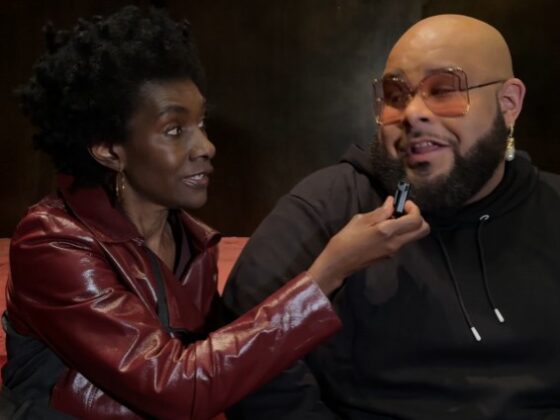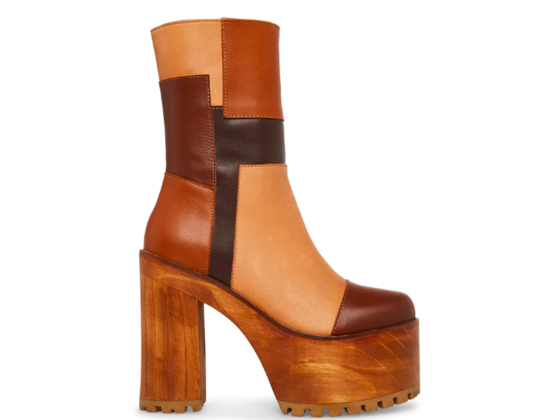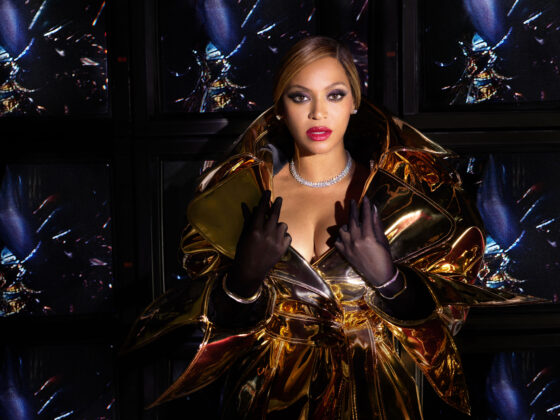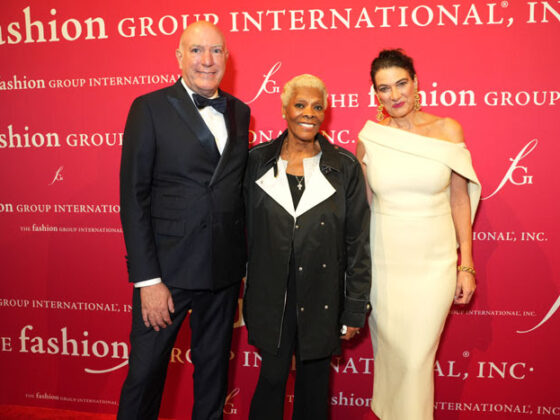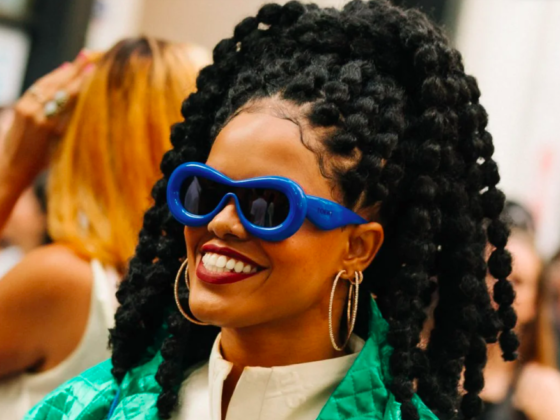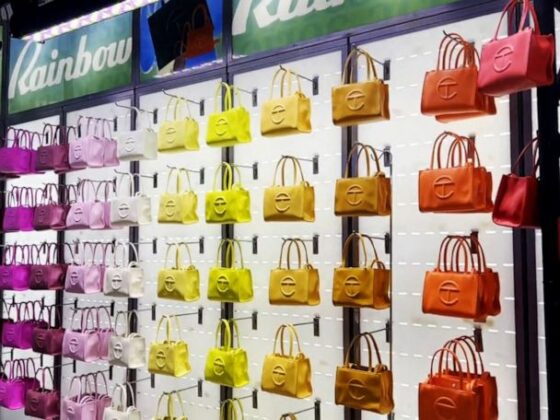It’s been said in Harlem, that a man or woman is called to their time. Resurgent fashion icon Dapper Dan has every reason to believe this to be true. A Gucci-Dapper Dan billboard looms over the corner of 125th Street and Lenox Avenue like a bird about to take flight, and “Dap” (as his friends call him), much like Harlem itself, is experiencing a renaissance. The svelte, sharp dresser with a clean-shaved head and spit-shine shoes who began an uncanny collaboration with the iconic Italian luxury brand three years ago, is now among the most quoted voices on the resurgence of his native town. “Harlem has always been a hotbed for music,” says Dap. “And music—being the flip side of fashion—has long given this community the ability to affect fashion globally.”
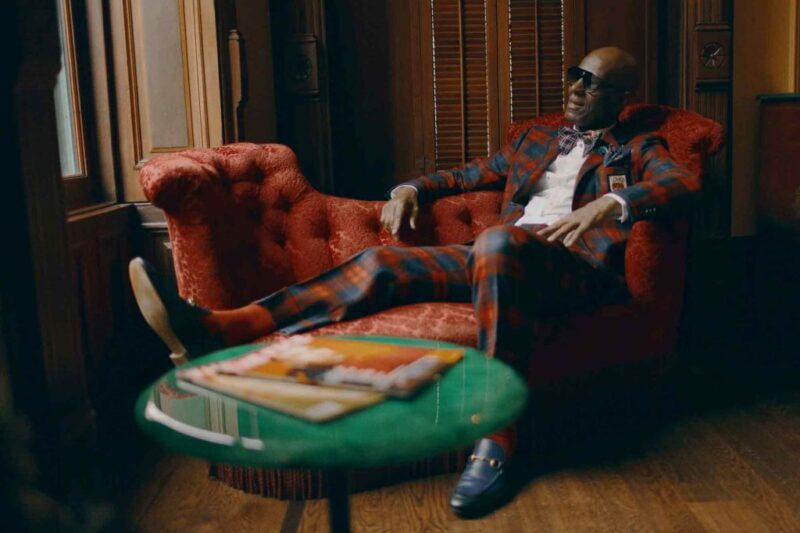
On a recent night in Harlem this was much in evidence, as music and fashion lured a throng of fashionable insiders to the Apollo Theater to catch the TommyxZendaya show. For many of them, this was a maiden voyage, and from talk overheard after the show, it wasn’t likely to be their last. The air was electric as they moved through the storied building of musical greats, and out the back to an outdoor mise en scène evoking a 70s Harlem street tableau, complete with fastidiously reinvented brownstone stoops and live music playing out of a blue 1970 Cadillac Deville convertible. Even before the show reached its riotous crescendo some 30 minutes later, with fierce models of varying generations, sizes, and ethnicities, this local shout-out to Harlem had been shared on social media with a global megaphone, broadcasting in real time that the community was having a moment. Harlem has had a few renaissances, but this one, without question, is the most fashionable.
The collection was inspired by South African artist, Nelson Makamo, who is based in Johannesburg and draws his creative influence particularly from children living in rural areas of South Africa. “They represent innocence, joy, and peace,” said Nelson, who is planning a series of exhibits in the U.S. “I travel all around South Africa meeting them and talking with them.”
“Before we even planned the show in Paris, we were thinking about where it would be staged in New York,” says Law Roach, the juggernaut stylist who collaborated with Tommy Hilfiger and Zendaya. “We decided it had to be at the Apollo.” With two new theaters planned for the expanding entertainment complex, Jonelle Procope, president and CEO of the Apollo Theater, is hoping the current trends continue. “Harlem represents cool and cutting edge—and designers are always looking for the most creative way to showcase their clothes,” she says.
One of America’s most historic communities, Harlem is increasingly radiating heat from its vortex with such collaborations as Gucci-Dapper Dan on Lenox Avenue, where the tribute shop has welcomed and dressed luminaries from Tracee Ellis Ross, Salma Hayek, and DJ Khaled to Billie Eilish and Karlie Kloss. Carmelo Anthony recently brought his fashion event down the street from the Apollo, and four-year-old Harlem Fashion Week, with its ingenious bus tour and a model extravaganza debuting this year, is growing. Then there’s the development of such legacy institutions as the Studio Museum and the Apollo; the proliferation of high-rise residential buildings; and the restoration of local parks. Columbia University’s big (and getting bigger) footprint now includes the bustling Lenfest Center for the Arts, which opened in 2017.
“Harlem has always been the epicenter of Black creators and Black art,” says Roach. “And one of its great gifts is that it has never been able to be smudged by America. That’s one of the incredible things about it,” he says, referring to the community’s lasting cultural sheen.
“For me, Harlem is, and will always be, a national Black culture Mecca,” says Marcus Samuelsson, founder of the iconic restaurant, Red Rooster. “Because of the history of the people and the institutions, this has always been the place where Black art, culture, and intelligence come together.”
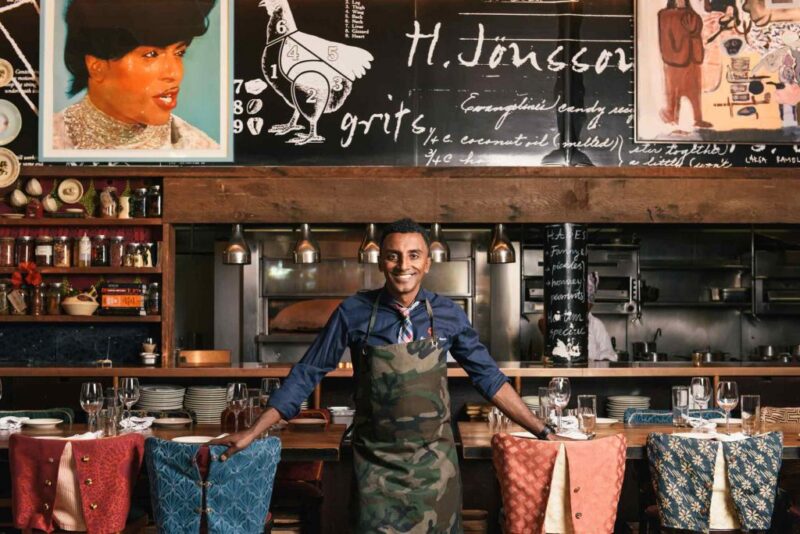
While no single art form can capture the romance and power of Harlem, many have famously tried through words. Harlem is both mother and muse for writers, with its boulevards and literary community reminiscent of Paris. Early Harlem poet and author Claude McKay was at home in both cities, and seemingly felt pulled between them, writing: “If a man is not faithful to his own individuality, he cannot be loyal to anything.” Identity is at the heart of his seminal book Home to Harlem, and indeed at the center of the creative output from his fellow Harlem Renaissance writers, among them Langston Hughes, James Baldwin, Zora Neale Hurston, Alain Locke, and W.E.B. Du Bois. Their achievements laid the foundation for the high culture we are witnessing today, which can be felt well beyond Harlem’s geographic boundaries. “For me, growing up in Detroit, Harlem was this far off place that made me think of the great cultural icons like Langston Hughes,” says Crystal McCrary, an author, lawyer, and filmmaker. “For those of us working in Harlem, we feel like the Harlem Renaissance is still alive in us,” said Virginia Johnson, Dance Theatre of Harlem’s artistic director. “And it’s something we want to share with everybody, not just the Black community.”

